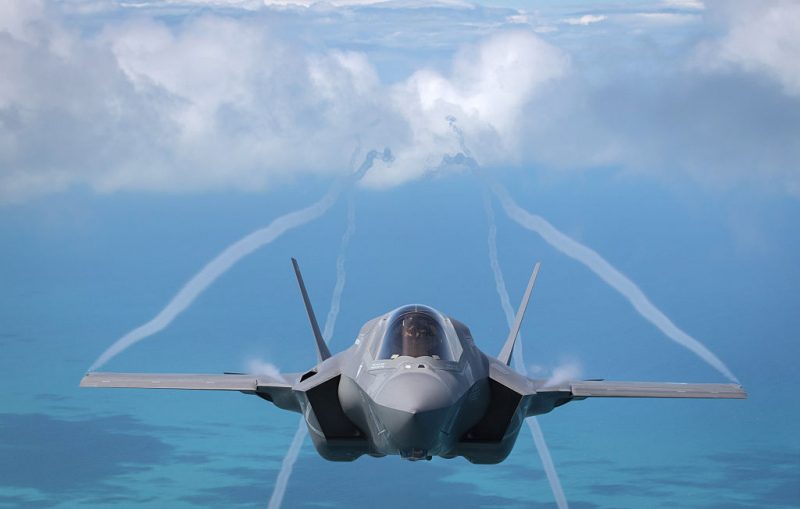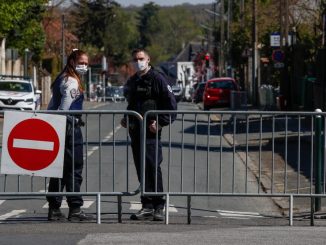

OAN’s James Meyers
6:21 PM – Wednesday, September 20, 2023
Military investigators are facing scrutiny ever since an F-35 stealth fighter jet went missing for over 24 hours this weekend. The wreckage was discovered later in South Carolina.
Advertisement
Many questions are being asked about just what caused the pilot to eject, and how the $100 million warplane was able to keep flying without a pilot for 60 miles.
A Marine Corps pilot was flying a single seat F-35B fighter jet on Sunday when the pilot claimed that the warplane was malfunctioning and was “forced to eject,” according to an anonymous Marine Corps official who was not authorized to speak publicly.
The warplane was at an altitude of almost 1,000 feet and a mile away from Charleston International Airport, which is a populated area, causing the pilot to parachute into a residential backyard.
“How in the hell do you lose an F-35?” Rep. Nancy Mace, (R-S.C.), asked in a social media post. “How is there not a tracking device and we’re asking the public to what, find a jet and turn it in?”
Military officials did not have an explanation why the pilot ejected from the aircraft, but military experts and former F-35 pilots said that such a decision would not be made so easily.
“The ejection is a last-ditch decision,” said David Berke, who served as a commanding officer in the Marine Corps’ first F-35 squadron in South Carolina from 2012 to 2014.
“Something has occurred catastrophically where the risk to the aircraft and the surrounding environment is so high that ejection will preserve the life of the pilot.”
The F-35B is different compared to other models, said Dan Grazier, a senior defense policy fellow at the Project on Government Oversight.
“The F-35B has an auto-eject function,” he said. “I’m curious to know if it ejected him involuntarily.”
“I don’t fault a pilot for bailing out of an aircraft if that’s the right course of action,” Grazier said, adding that the military will want to know if it was done out of mechanical or software failure, pilot error or something else.
According to the Pentagon, all Marine Corps aircrafts both inside and outside the United States were suspended from flying on Monday and Tuesday to allow units “to discuss aviation safety matters and best practices.”
Experts also say the preliminary crash report could typically take about 90 days, but a full report could take an entire year.
Lockheed Martin has delivered 190 F-35B variants to the Marine Corps, at a cost of $100 million each.
Stay informed! Receive breaking news blasts directly to your inbox for free. Subscribe here. https://www.oann.com/alerts





Be the first to comment